Java类加载机制详解 | 京东云技术团队
一.类加载器及双亲委派机制
|
类加载器 |
加载类 |
备注 |
|
启动类加载器(Bootstrap ClassLoader) |
JAVA_HOME/jre/lib |
无上级,无法直接访问 由jvm加载 |
|
拓展类加载器(Extension ClassLoader) |
JAVA_HOME/jre/lib/ext |
父加载器为 Bootstrap,显示为 null 。该类由Bootstrap加载 |
|
应用类加载器(Application ClassLoader) |
classpath |
父加载器上级为 Extension,该类由Bootstrap加载 |
|
自定义类加载器 |
自定义路径 |
父加载器为 Application,该类由Application ClassLoader加载 |
1.类加载器继承结构
2. 类加载器的核心方法
|
方法名 |
说明 |
|
getParent() |
返回该类加载器的父类加载器 |
|
findClass(String name) |
查找名字为name的类,返回的结果是java.lang.Class类的实例 |
|
loadClass(String name) |
加载名为name的类,返回java.lang.Class类的实例 |
|
defineClass(String name,byte[] b,int off,int len) |
根据字节数组b中的数据转化成Java类,返回的结果是java.lang.Class类的实例 |
3. Launcher类源码解析
public class Launcher {
private static URLStreamHandlerFactory factory = new Factory();
private static Launcher launcher = new Launcher();
// 启动类加载器加载路径
private static String bootClassPath =
System.getProperty("sun.boot.class.path");
public static Launcher getLauncher() {
return launcher;
}
private ClassLoader loader;
public Launcher() {
// Create the extension class loader
ClassLoader extcl;
try {
// 获取扩展类加载器
extcl = ExtClassLoader.getExtClassLoader();
} catch (IOException e) {
throw new InternalError(
"Could not create extension class loader", e);
}
// Now create the class loader to use to launch the application
try {
// 获取应用类加载器
loader = AppClassLoader.getAppClassLoader(extcl);
} catch (IOException e) {
throw new InternalError(
"Could not create application class loader", e);
}
// Also set the context class loader for the primordial thread.
// 设置线程上下文类加载器为应用类加载器
Thread.currentThread().setContextClassLoader(loader);
}
/*
* The class loader used for loading installed extensions.
*/
static class ExtClassLoader extends URLClassLoader {
private static volatile ExtClassLoader instance = null;
/**
* create an ExtClassLoader. The ExtClassLoader is created
* within a context that limits which files it can read
*/
public static ExtClassLoader getExtClassLoader() throws IOException
{
if (instance == null) {
synchronized(ExtClassLoader.class) {
if (instance == null) {
instance = createExtClassLoader();
}
}
}
return instance;
}
/**
* 获取加载路径
*/
private static File[] getExtDirs() {
// 扩展类加载器加载路径
String s = System.getProperty("java.ext.dirs");
}
}
/**
* The class loader used for loading from java.class.path.
* runs in a restricted security context.
*/
static class AppClassLoader extends URLClassLoader {
public static ClassLoader getAppClassLoader(final ClassLoader extcl)
throws IOException
{
// 应用类加载器加载路径
final String s = System.getProperty("java.class.path");
final File[] path = (s == null) ? new File[0] : getClassPath(s);
return AccessController.doPrivileged(
new PrivilegedAction<AppClassLoader>() {
public AppClassLoader run() {
URL[] urls =
(s == null) ? new URL[0] : pathToURLs(path);
return new AppClassLoader(urls, extcl);
}
});
}
}
4. ClassLoader类源码解析
public abstract class ClassLoader {
protected Class<?> loadClass(String name, boolean resolve)
throws ClassNotFoundException
{
synchronized (getClassLoadingLock(name)) {
// First, check if the class has already been loaded
// 从系统缓存中获取
Class<?> c = findLoadedClass(name);
if (c == null) {
long t0 = System.nanoTime();
try {
// 委托父加载器加载
if (parent != null) {
c = parent.loadClass(name, false);
} else {
c = findBootstrapClassOrNull(name);
}
} catch (ClassNotFoundException e) {
// ClassNotFoundException thrown if class not found
// from the non-null parent class loader
}
if (c == null) {
// If still not found, then invoke findClass in order
// to find the class.
long t1 = System.nanoTime();
// 自己加载,从指定路径
c = findClass(name);
// this is the defining class loader; record the stats
sun.misc.PerfCounter.getParentDelegationTime().addTime(t1 - t0);
sun.misc.PerfCounter.getFindClassTime().addElapsedTimeFrom(t1);
sun.misc.PerfCounter.getFindClasses().increment();
}
}
if (resolve) {
resolveClass(c);
}
return c;
}
}
// 自定义类加载器需要重写该方法
protected Class<?> findClass(String name) throws ClassNotFoundException {
throw new ClassNotFoundException(name);
}
}
5. 双亲委派机制优缺点
优点:
1、保证安全性,层级关系代表优先级,也就是所有类的加载,优先给启动类加载器,这样就保证了核心类库类
2、避免类的重复加载,如果父类加载器加载过了,子类加载器就没有必要再去加载了,确保一个类的全局唯一性
缺点:
检查类是否加载的委派过程是单向的, 这个方式虽然从结构上说比较清晰,使各个 ClassLoader 的职责非常明确, 但是同时会带来一个问题, 即顶层的ClassLoader 无法访问底层的ClassLoader 所加载的类
通常情况下, 启动类加载器中的类为系统核心类, 包括一些重要的系统接口,而在应用类加载器中, 为应用类。 按照这种模式, 应用类访问系统类自然是没有问题, 但是系统类访问应用类就会出现问题。
二.spi接口及线程上下文类加载器
1.spi接口定义及线程上下文加载的作用
Java提供了很多核心接口的定义,这些接口被称为SPI接口。(Service Provider Interface,SPI),允许第三方为这些接口提供实现。常见的 SPI 有 JDBC、JCE、JNDI、JAXP 和 JBI 等。
这些 SPI 的接口由 Java 核心库来提供,而这些 SPI 的实现代码则是作为 Java 应用所依赖的 jar 包被包含进类路径(CLASSPATH)里。SPI接口中的代码经常需要加载具体的实现类。那么问题来了,SPI的接口是Java核心库的一部分,是由启动类加载器(Bootstrap Classloader)来加载的;SPI的实现类是由系统类加载器(System ClassLoader)来加载的。引导类加载器是无法找到 SPI 的实现类的,因为依照双亲委派模型,BootstrapClassloader无法委派AppClassLoader来加载类。而线程上下文类加载器破坏了“双亲委派模型”,可以在执行线程中抛弃双亲委派加载链模式,使程序可以逆向使用类加载器。
类加载传导规则:JVM 会选择当前类的类加载器来加载所有该类的引用的类。例如我们定义了 TestA 和 TestB 两个类,TestA 会引用 TestB,只要我们使用自定义的类加载器加载 TestA,那么在运行时,当 TestA 调用到 TestB 的时候,
TestB 也会被 JVM 使用 TestA 的类加载器加载。依此类推,只要是 TestA 及其引用类关联的所有 jar 包的类都会被自定义类加载器加载。通过这种方式,我们只要让模块的 main 方法类使用不同的类加载器加载,那么每个模块的都会使用 main
方法类的类加载器加载的,这样就能让多个模块分别使用不同类加载器。这也是 OSGi 和 SofaArk 能够实现类隔离的核心原理。
2. spi加载原理
当第三方实现者提供了服务接口的一种实现之后,在jar包的 META-INF/services/ 目录里同时创建一个以服务接口命名的文件,该文件就是实现该服务接口的实现类。而当外部程序装配这个模块的时候,就能通过该jar包 META-INF/services/ 里的配置文件找到具体的实现类名,并装载实例化,完成模块的注入。
JDK官方提供了一个查找服务实现者的工具类:java.util.ServiceLoader
public final class ServiceLoader<S>
implements Iterable<S>
{
// 加载spi接口实现类配置文件固定路径
private static final String PREFIX = "META-INF/services/";
/**
* Creates a new service loader for the given service type, using the
* current thread's {@linkplain java.lang.Thread#getContextClassLoader
* context class loader}.
*
* <p> An invocation of this convenience method of the form
*
* <blockquote><pre>
* ServiceLoader.load(<i>service</i>)</pre></blockquote>
*
* is equivalent to
*
* <blockquote><pre>
* ServiceLoader.load(<i>service</i>,
* Thread.currentThread().getContextClassLoader())</pre></blockquote>
*
* @param <S> the class of the service type
*
* @param service
* The interface or abstract class representing the service
*
* @return A new service loader
*/
public static <S> ServiceLoader<S> load(Class<S> service) {
// 线程上下文类加载器
ClassLoader cl = Thread.currentThread().getContextClassLoader();
return ServiceLoader.load(service, cl);
}
}
3.示列代码
代码:
public interface IShout {
void shout();
}
public class Dog implements IShout {
@Override
public void shout() {
System.out.println("wang wang");
}
}
public class Cat implements IShout {
@Override
public void shout() {
System.out.println("miao miao");
}
}
public class Main {
public static void main(String[] args) {
ServiceLoader<IShout> shouts = ServiceLoader.load(IShout.class);
for (IShout s : shouts) {
s.shout();
}
}
}
配置:
4.MySQL驱动类加载
// 加载Class到AppClassLoader(系统类加载器),然后注册驱动类
//Class.forName("com.mysql.jdbc.Driver").newInstance();
String url = "jdbc:mysql://localhost:3306/testdb";
// 通过java库获取数据库连接
Connection conn = java.sql.DriverManager.getConnection(url, "name", "password");
public class DriverManager {
static {
loadInitialDrivers();
println("JDBC DriverManager initialized");
}
private static void loadInitialDrivers() {
。。。。。。。
AccessController.doPrivileged(new PrivilegedAction<Void>() {
public Void run() {
ServiceLoader<Driver> loadedDrivers = ServiceLoader.load(Driver.class);
Iterator<Driver> driversIterator = loadedDrivers.iterator();
/* Load these drivers, so that they can be instantiated.
* It may be the case that the driver class may not be there
* i.e. there may be a packaged driver with the service class
* as implementation of java.sql.Driver but the actual class
* may be missing. In that case a java.util.ServiceConfigurationError
* will be thrown at runtime by the VM trying to locate
* and load the service.
*
* Adding a try catch block to catch those runtime errors
* if driver not available in classpath but it's
* packaged as service and that service is there in classpath.
*/
try{
while(driversIterator.hasNext()) {
driversIterator.next();
}
} catch(Throwable t) {
// Do nothing
}
return null;
}
});
println("DriverManager.initialize: jdbc.drivers = " + drivers);
if (drivers == null || drivers.equals("")) {
return;
}
String[] driversList = drivers.split(":");
println("number of Drivers:" + driversList.length);
for (String aDriver : driversList) {
try {
println("DriverManager.Initialize: loading " + aDriver);
Class.forName(aDriver, true,
ClassLoader.getSystemClassLoader());
} catch (Exception ex) {
println("DriverManager.Initialize: load failed: " + ex);
}
}
}
}
三.自定义动态类加载器
1.示例代码
public class DynamicClassLoad extends ClassLoader{
public static void main(String[] args) {
Executors.newSingleThreadScheduledExecutor().scheduleAtFixedRate(new Runnable() {
@Override
public void run() {
try {
DynamicClassLoad myClassLoad = new DynamicClassLoad();
Class clazz = myClassLoad.findClass("/Users/wangzhaoqing1/Desktop/MyTest.class");
Object obj = clazz.newInstance();
Method sayHello = clazz.getDeclaredMethod("sayHello");
sayHello.invoke(obj, null);
} catch (Throwable e) {
e.printStackTrace();
}
}
}, 1, 2, TimeUnit.SECONDS);
}
@Override
protected Class<?> findClass(String name) throws ClassNotFoundException {
File file = new File(name);
try {
byte[] bytes = FileUtils.readFileToByteArray(file);
Class<?> c = this.defineClass(null, bytes, 0, bytes.length);
return c;
} catch (Exception e) {
e.printStackTrace();
}
return super.findClass(name);
}
}
// DynamicClassLoad启动后,修改本类重新编译
public class MyTest {
public void sayHello(){
System.out.println("hello wzq 6666666666");
}
}
作者:京东零售 王照清
来源:京东云开发者社区 转载请注明来源
 关注公众号
关注公众号
低调大师中文资讯倾力打造互联网数据资讯、行业资源、电子商务、移动互联网、网络营销平台。
持续更新报道IT业界、互联网、市场资讯、驱动更新,是最及时权威的产业资讯及硬件资讯报道平台。
转载内容版权归作者及来源网站所有,本站原创内容转载请注明来源。
-
上一篇

LLM在text2sql上的应用 | 京东云技术团队
一、前言: 目前,大模型的一个热门应用方向text2sql它可以帮助用户快速生成想要查询的SQL语句。那对于用户来说,大部分简单的sql都是正确的,但对于一些复杂逻辑来说,需要用户在产出SQL的基础上进行简单修改,Text2SQL应用主要还是帮助用户去解决开发时间,减少开发成本。 Text to SQL: 简称Text2SQl,是将自然语言文本(Text)转换成结构化查询语言SQL的过程,属于自然语言处理-语义分析(Semantic Parsing)领域中的子任务。 它的目的可以简单概括为:“打破人与结构化数据之间的壁垒”,即普通用户可以通过自然语言描述完成复杂数据库的查询工作,得到想要的结果。 二、背景应用: 目前大家对T2S的做法大致分为两种, 一种是用现有的大模型来直接生成,例如ChatGPT、GPT-4模型,但是对于一些公司来说,数据是属于保密资产,这种方式相当于将自己公司的数据信息透漏给大模型,属于数据泄露行为; 另一种方式是利用开源的大模型做finetune,比如chatglm2-6b来做微调,这个也是目前我们在做的,同时开源的数据集也有很多,简单罗列如下: 数据集 数据集...
-
下一篇

SpringBoot自动配置原理解析 | 京东物流技术团队
1: 什么是SpringBoot自动配置 首先介绍一下什么是SpringBoot,SpringBoost是基于Spring框架开发出来的功能更强大的Java程序开发框架,其最主要的特点是:能使程序开发者快速搭建一套开发环境。SpringBoot能将主流的开发框架(例如SpringMVC,Dubbo,Mybatis,Redis等),做到像Maven导入Jar包一样的简洁快速,做到开箱即用。其中最关键的技术就是SpringBoot定制的各种Starter,通Maven引入Starter就能快速搭建开发环境。 2: SpringBoot Starter自动装配案例 在以前单独使用SpringMVC Web编程框架时,我们需要单独配置DispatcherServlet和Tomcat,使用SpringBoot之后,我们只需要引入SpringBoot-Starter-Web就能直接开始编写Controller等Web相关的代码,这就是SpringBoot为们提供的开箱即用的便捷能力,下面就以SpringBoot-Starter-Web来说明SpringBoot自动配置的关键原理 3: Spring...
相关文章
文章评论
共有0条评论来说两句吧...


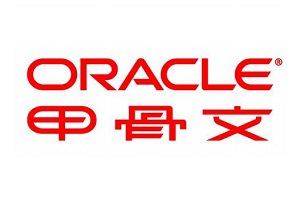
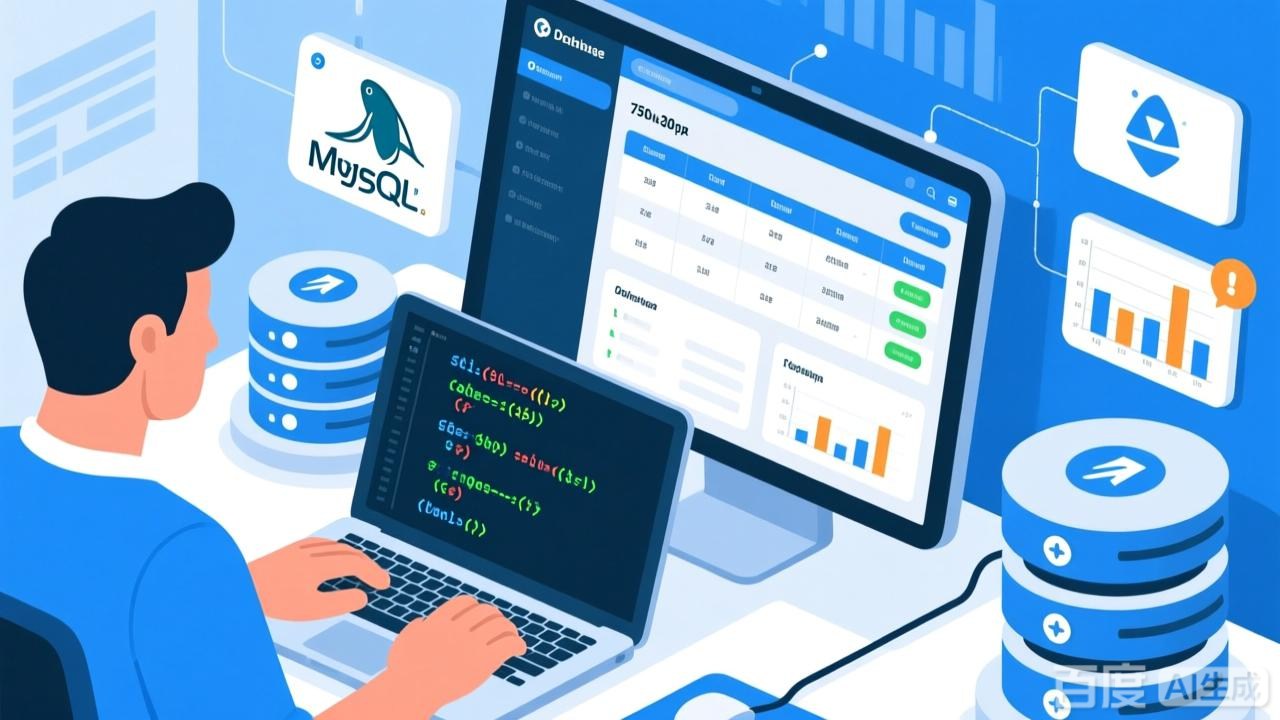

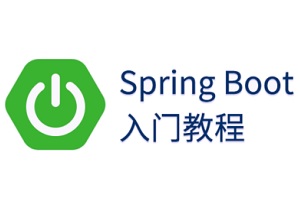
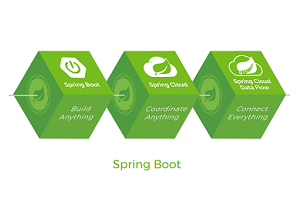
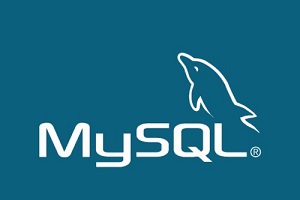

 微信收款码
微信收款码 支付宝收款码
支付宝收款码